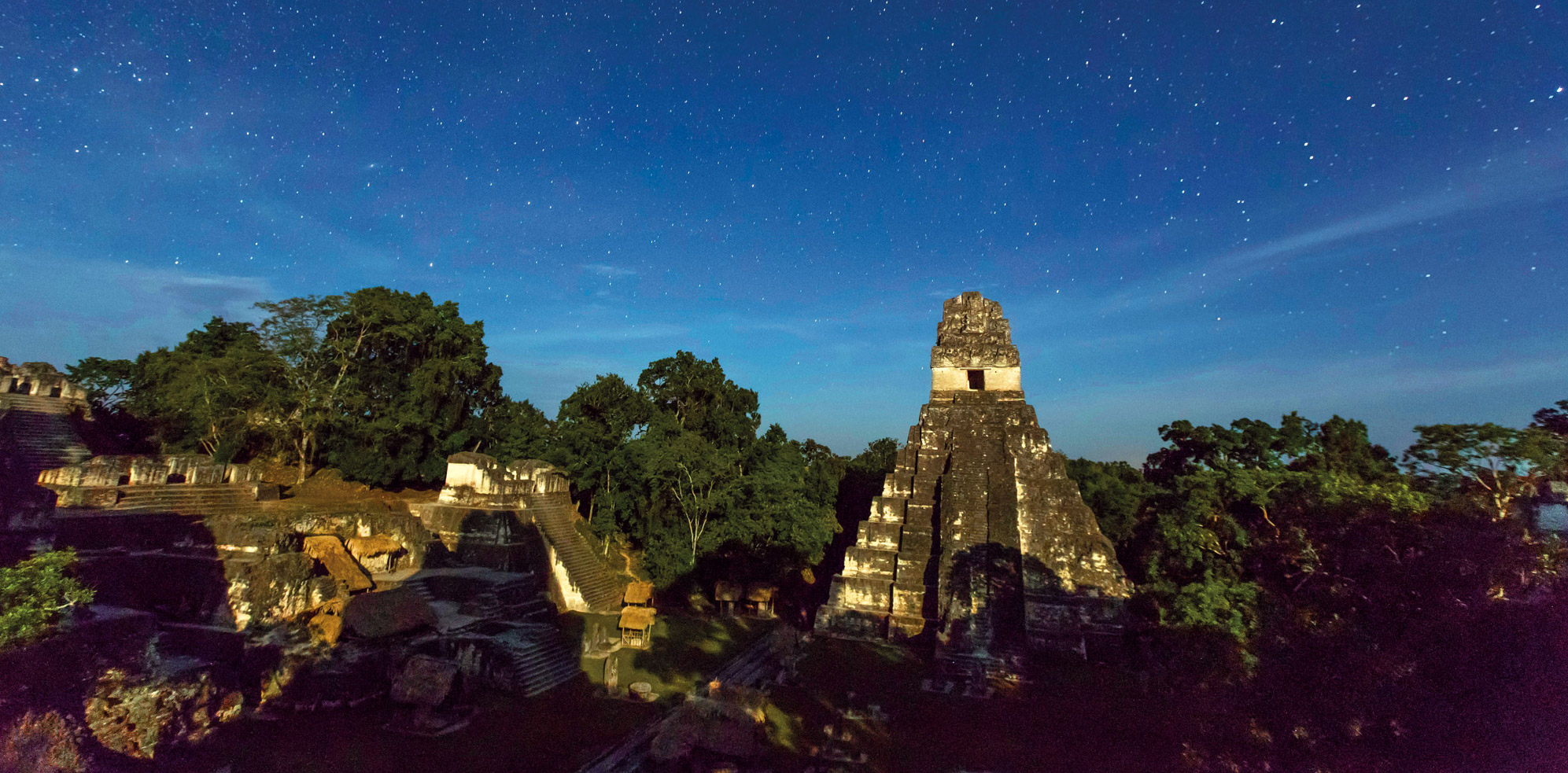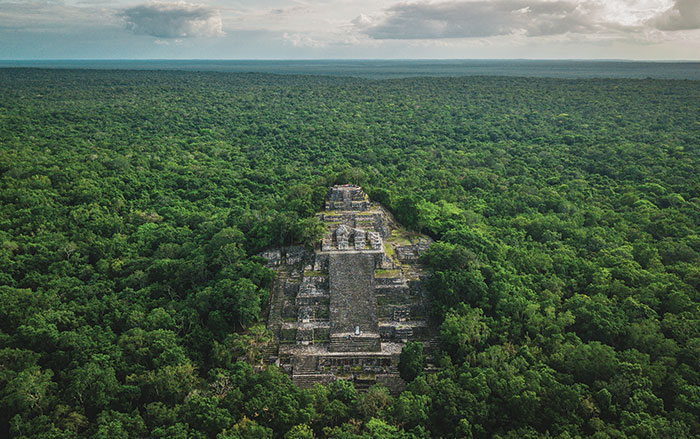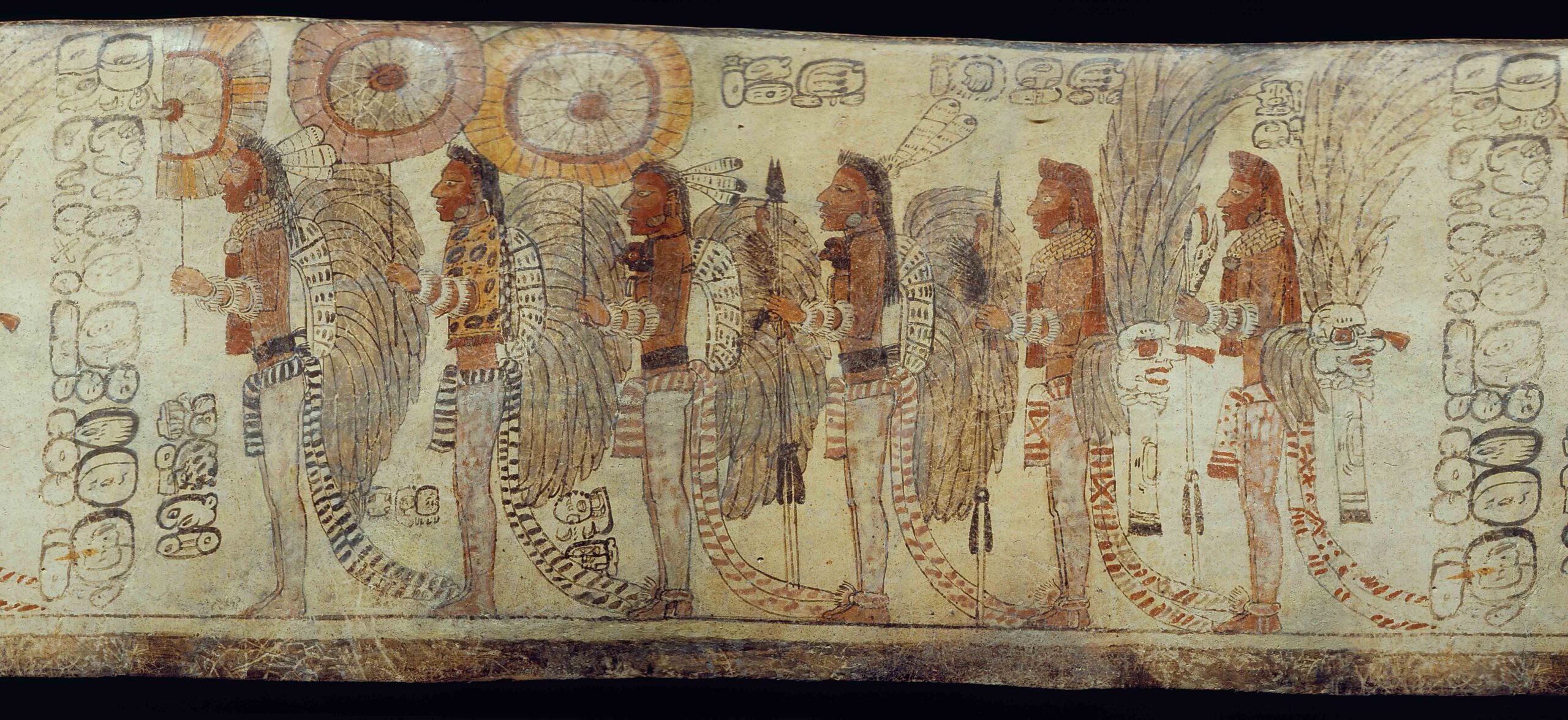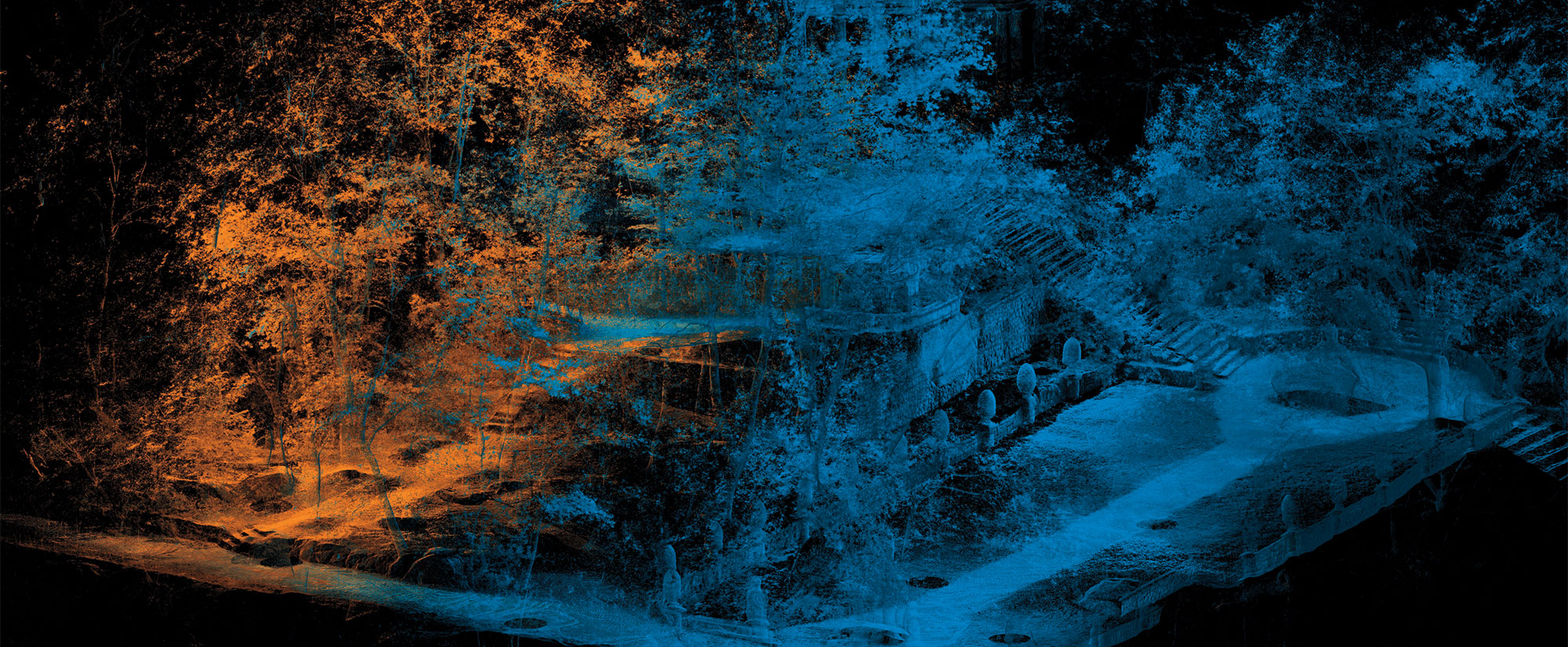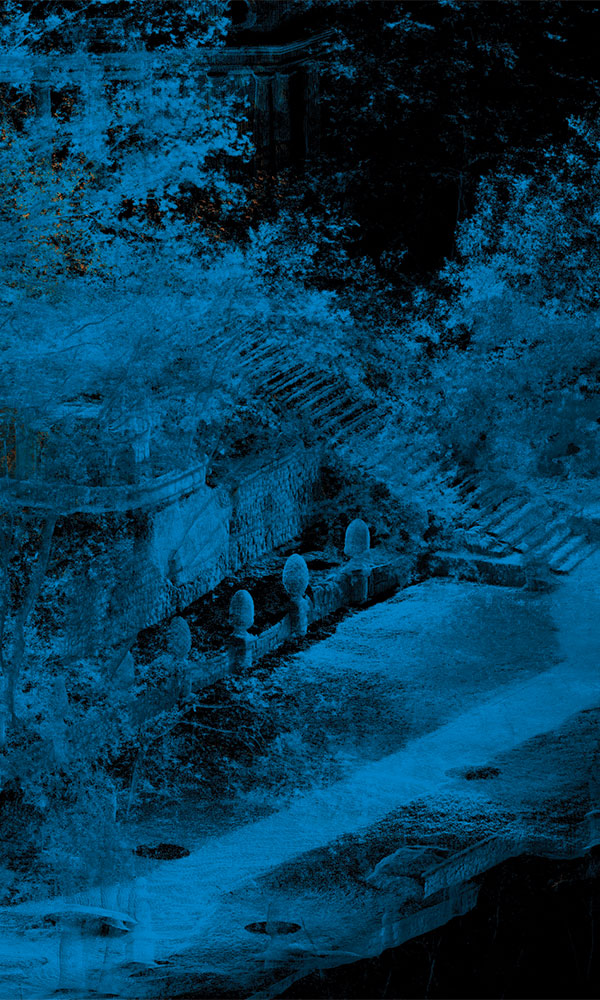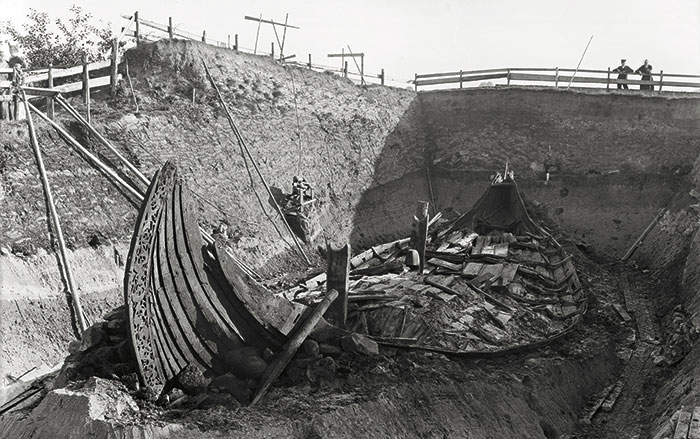
NEW ORLEANS, LOUISIANA—It has been difficult for archaeologists to accurately estimate the ancient Maya population because so many of their settlements still remain undiscovered and obscured beneath the jungle canopy of the Yucatán Peninsula. According to a statement released by Tulane University, however, a recent study conducted by researchers concluded that the Maya civilization was probably much more populous than previously thought. Relying on new lidar data compiled across 36,700 square miles of the Maya Lowlands—an area that comprises parts of Mexico, Guatemala, and Belize—the team suggests that during the Late Classic period (a.d. 600–900), the Maya population may have topped 16 million people. This figure is almost five million more than other recent projections. The evidence revealed a densely occupied landscape organized according to a highly sophisticated and structured settlement pattern. Even smaller sites were rarely located more than three miles from a plaza complex, indicating that even more rural settlements had access to civic and ceremonial centers. “The ancient Maya never fail to amaze me,” said Tulane archaeologist Francisco Estrada-Belli. “This new data confirms just how densely populated and socially organized the Maya Lowlands were at their peak.” Read the original scholarly article about this research in Journal of Archaeological Science: Reports. To read about conflict between Maya states, go to "Maya Total War."


